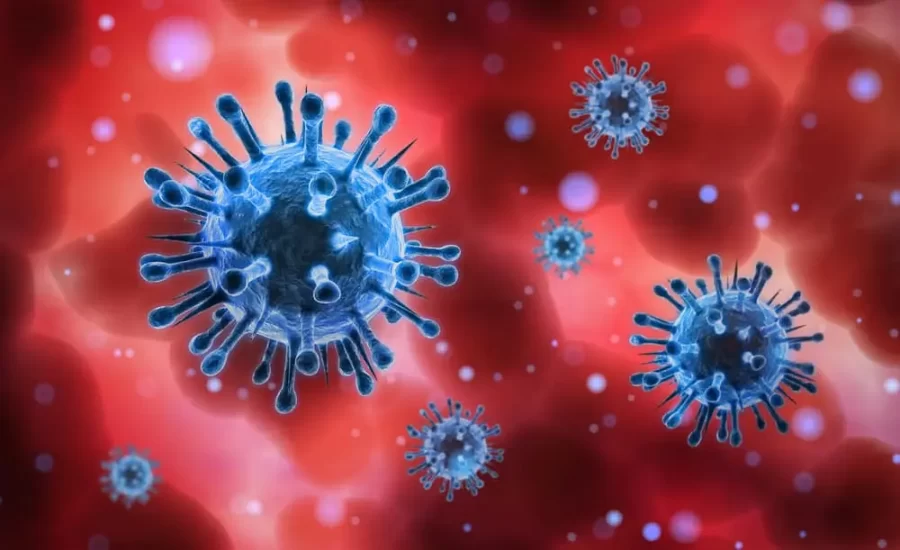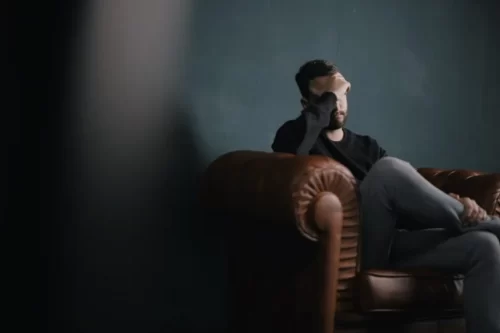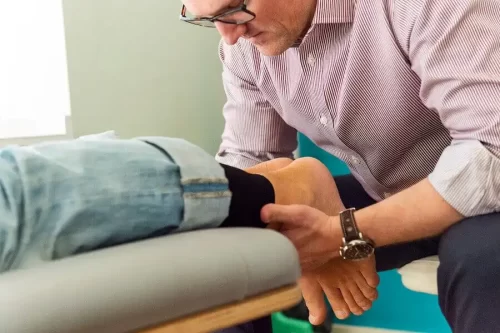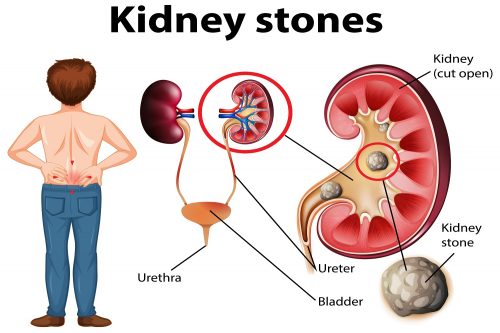As the world continues to grapple with the long-term effects of COVID-19, one of the lesser-known but increasingly reported symptoms is post-COVID vertigo. Vertigo, a sensation of dizziness or spinning, can be a debilitating condition on its own. When it occurs as part of the lingering symptoms after a COVID-19 infection, it can further complicate the recovery process and significantly impact the quality of life.
In this article, we will explore the link between COVID-19 and vertigo, delve into potential causes, and discuss available treatments to manage this condition effectively.
What Is Vertigo?
Vertigo is a type of dizziness that creates a false sensation of movement or spinning. Unlike general dizziness, vertigo is typically more intense and can make it feel as though the room or your own body is moving when it is not. People suffering from vertigo often report feeling off-balance, light-headed, and nauseous.
This condition can arise from problems in the inner ear (which helps control balance) or issues in the brain. Depending on the cause, vertigo can last for minutes, hours, or even days, and may be accompanied by other symptoms such as headaches, hearing loss, or visual disturbances.
How Does Vertigo Relate to COVID-19?
COVID-19 has been found to affect multiple systems in the body, including the respiratory, cardiovascular, and nervous systems. As researchers and medical professionals continue to study the long-term effects of the virus, it’s becoming clear that neurological symptoms—including dizziness, headaches, and even vertigo—are common among those recovering from the virus.
Post-COVID vertigo specifically refers to the onset of vertigo symptoms in individuals who have already recovered from the initial infection. For some, vertigo may be a new symptom, while others may experience a worsening of pre-existing vertigo conditions after contracting COVID-19.
Causes of Post-COVID Vertigo
There is no single cause of post-COVID vertigo, but several theories have emerged as researchers study the effects of the virus on the body. Here are some of the possible reasons why people experience vertigo after recovering from COVID-19:
Inner Ear Inflammation
The most common theory is that COVID-19 affects the inner ear, which plays a crucial role in maintaining balance. Inflammation caused by the virus may disrupt normal inner ear function, leading to the onset of vertigo. This type of inflammation, known as labyrinthitis, can impact the vestibular system, which controls balance and spatial orientation.
Neurological Impact of the Virus
COVID-19 has been shown to affect the nervous system, leading to various neurological symptoms. Some studies suggest that the virus may cause damage to the brain or nerves that control balance, resulting in episodes of vertigo. This could explain why vertigo appears long after the initial infection has subsided.
Vascular Changes
COVID-19 has been linked to changes in blood circulation, particularly in smaller blood vessels. These vascular changes can impair blood flow to the inner ear or parts of the brain responsible for balance, potentially causing vertigo. Additionally, blood clotting issues related to COVID-19 could contribute to dizziness and vertigo.
General Fatigue and Weakness
Many individuals recovering from COVID-19 report prolonged fatigue and weakness, commonly known as post-viral fatigue or “long COVID.” This general state of weakness can exacerbate feelings of dizziness and make balance-related issues like vertigo more noticeable.
Symptoms of Post-COVID Vertigo
Post-COVID vertigo can present with a variety of symptoms, some of which may overlap with other post-COVID conditions. The key symptoms to look out for include:
- Dizziness: Feeling light-headed, woozy, or like you are about to faint.
- Spinning Sensation (Vertigo): A strong feeling that either you or your surroundings are moving or spinning, often accompanied by nausea.
- Balance Problems: Difficulty standing or walking steadily, which can increase the risk of falls.
- Nausea and Vomiting: The spinning sensation of vertigo can lead to nausea and, in more severe cases, vomiting.
- Headaches or Migraines: Some individuals with post-COVID vertigo also experience headaches or migraines, especially if the vertigo is caused by inner ear inflammation or neurological changes.
For some, these symptoms may be mild and intermittent, while others may experience more severe and prolonged episodes of vertigo, significantly affecting daily life.
Diagnosis of Post-COVID Vertigo
If you suspect you are experiencing post-COVID vertigo, it’s important to seek medical attention to receive an accurate diagnosis and rule out other potential causes. A healthcare provider will likely start by taking a detailed medical history, asking about your COVID-19 infection and any lingering symptoms, including dizziness or balance issues.
In addition to a physical examination, several tests may be performed to diagnose vertigo, including:
- Hearing and Balance Tests: These tests evaluate the function of the inner ear and vestibular system.
- Imaging Tests (MRI or CT scans): These can help rule out other causes of vertigo, such as brain lesions or tumors.
- Blood Tests: In some cases, blood tests may be used to check for inflammation, infections, or blood clotting issues.
Early diagnosis is key to managing post-COVID vertigo, as timely treatment can prevent the condition from worsening or becoming chronic.
Treatment Options for Post-COVID Vertigo
Fortunately, several treatment options are available for managing post-COVID vertigo. The best treatment approach depends on the underlying cause of vertigo and the severity of your symptoms.
Vestibular Rehabilitation Therapy (VRT)
Vestibular rehabilitation therapy (VRT) is one of the most effective treatments for vertigo. This type of physical therapy focuses on exercises that improve balance, coordination, and spatial awareness. VRT helps retrain the brain to compensate for inner ear dysfunction, reducing dizziness and vertigo symptoms over time.
Medications
In some cases, medications may be prescribed to alleviate vertigo symptoms. These medications include:
- Antihistamines: These can help reduce dizziness and nausea by acting on the inner ear.
- Antiemetics: These drugs help control nausea and vomiting caused by vertigo.
- Benzodiazepines: In more severe cases, these medications may be used to reduce anxiety and vertigo symptoms.
However, medication alone is rarely a long-term solution for vertigo. It is often used in conjunction with other treatments, such as VRT or lifestyle modifications.
Lifestyle Changes
Making certain lifestyle changes can also help manage post-COVID vertigo. These include:
- Staying Hydrated: Dehydration can worsen dizziness and vertigo, so it’s important to drink plenty of water throughout the day.
- Eating a Balanced Diet: A diet rich in vitamins and minerals can support overall health and improve recovery from COVID-19.
- Avoiding Triggers: Certain triggers, such as sudden head movements or changes in position, can worsen vertigo. Try to avoid these triggers whenever possible.
- Rest and Recovery: Give your body time to heal by getting plenty of rest and avoiding strenuous activities that could exacerbate dizziness or balance problems.
Alternative Therapies
Some individuals may find relief from alternative therapies, such as acupuncture or chiropractic care. While these treatments may not work for everyone, they could complement traditional treatments like VRT or medication.
Long-Term Outlook for Post-COVID Vertigo
While post-COVID vertigo can be a challenging condition, many individuals recover with proper treatment and lifestyle adjustments. However, the duration of vertigo symptoms can vary greatly from person to person. For some, vertigo may resolve within weeks or months, while others may experience more prolonged symptoms.
If left untreated, vertigo can lead to additional complications, such as falls or accidents caused by balance issues. Therefore, it’s essential to address symptoms early on and work with a healthcare provider to develop an effective treatment plan.
Conclusion: Managing Post-COVID Vertigo
Post-COVID vertigo is a troubling yet treatable condition that can affect individuals recovering from COVID-19. The key to managing vertigo lies in understanding its causes and seeking timely treatment. With options like vestibular rehabilitation therapy, medications, and lifestyle modifications, individuals can significantly reduce vertigo symptoms and improve their quality of life.
If you or someone you know is experiencing post-COVID vertigo, don’t hesitate to seek medical advice. Early diagnosis and treatment can make a substantial difference in recovery and help restore balance—both literally and figuratively—after COVID-19.









